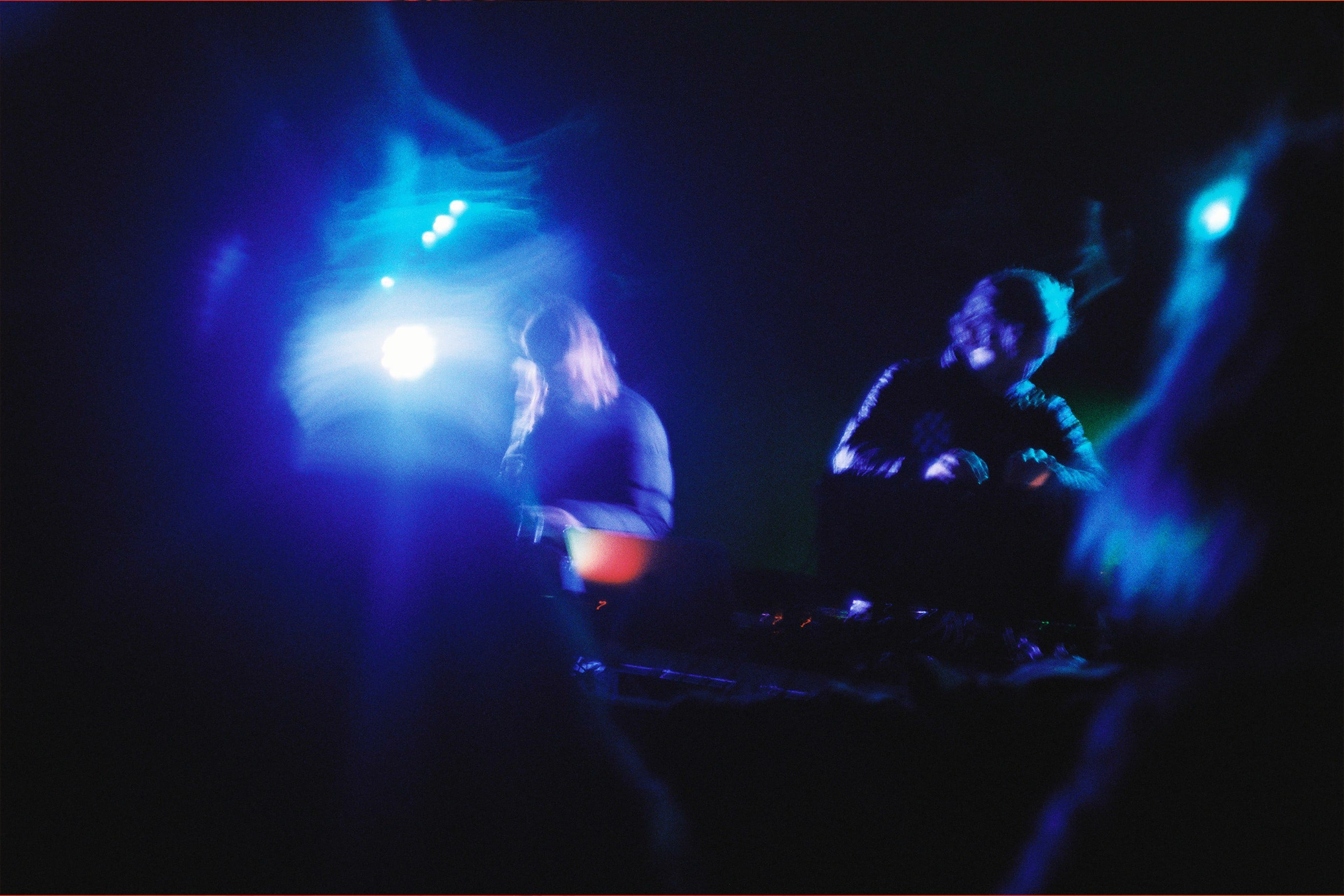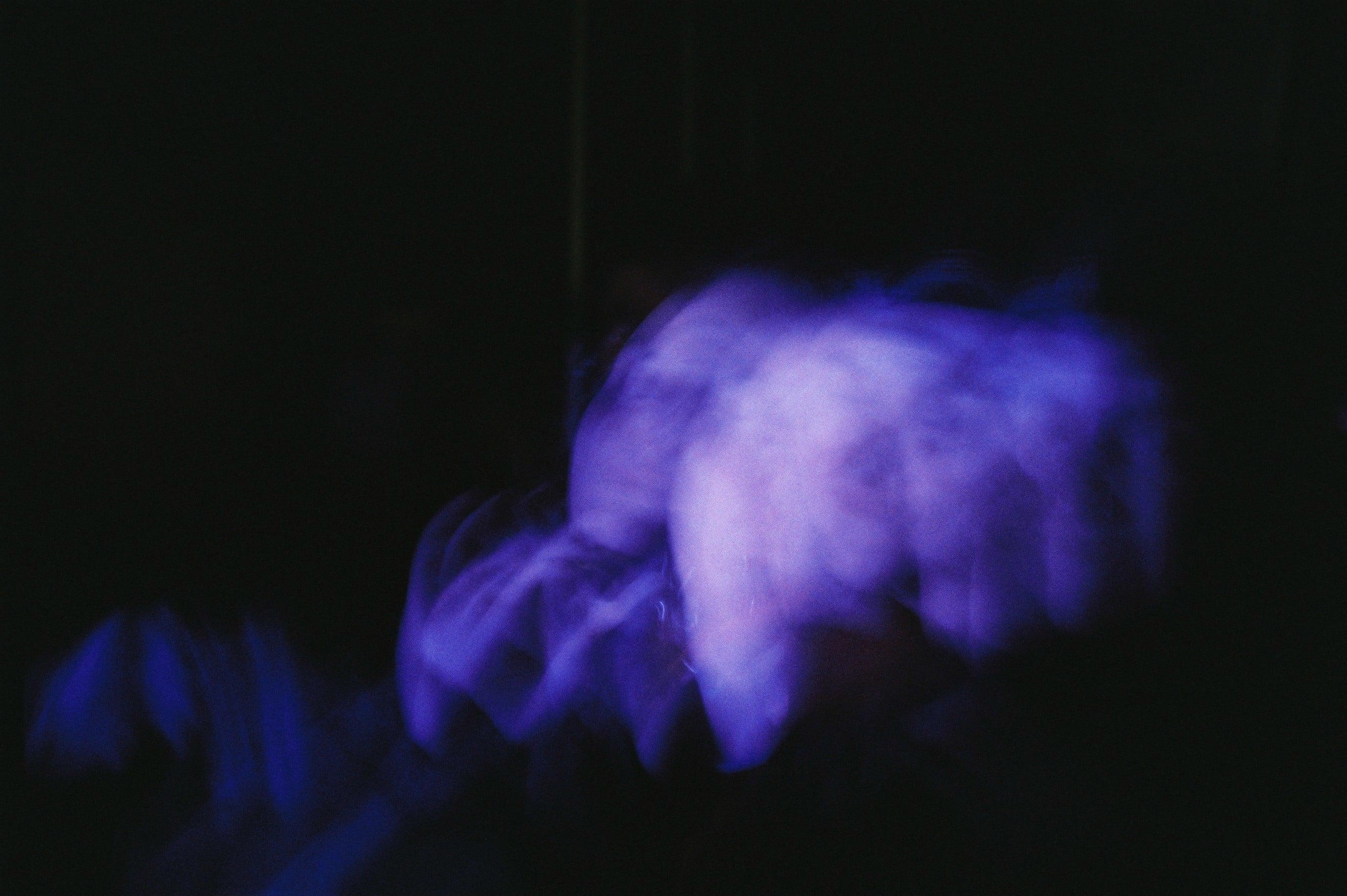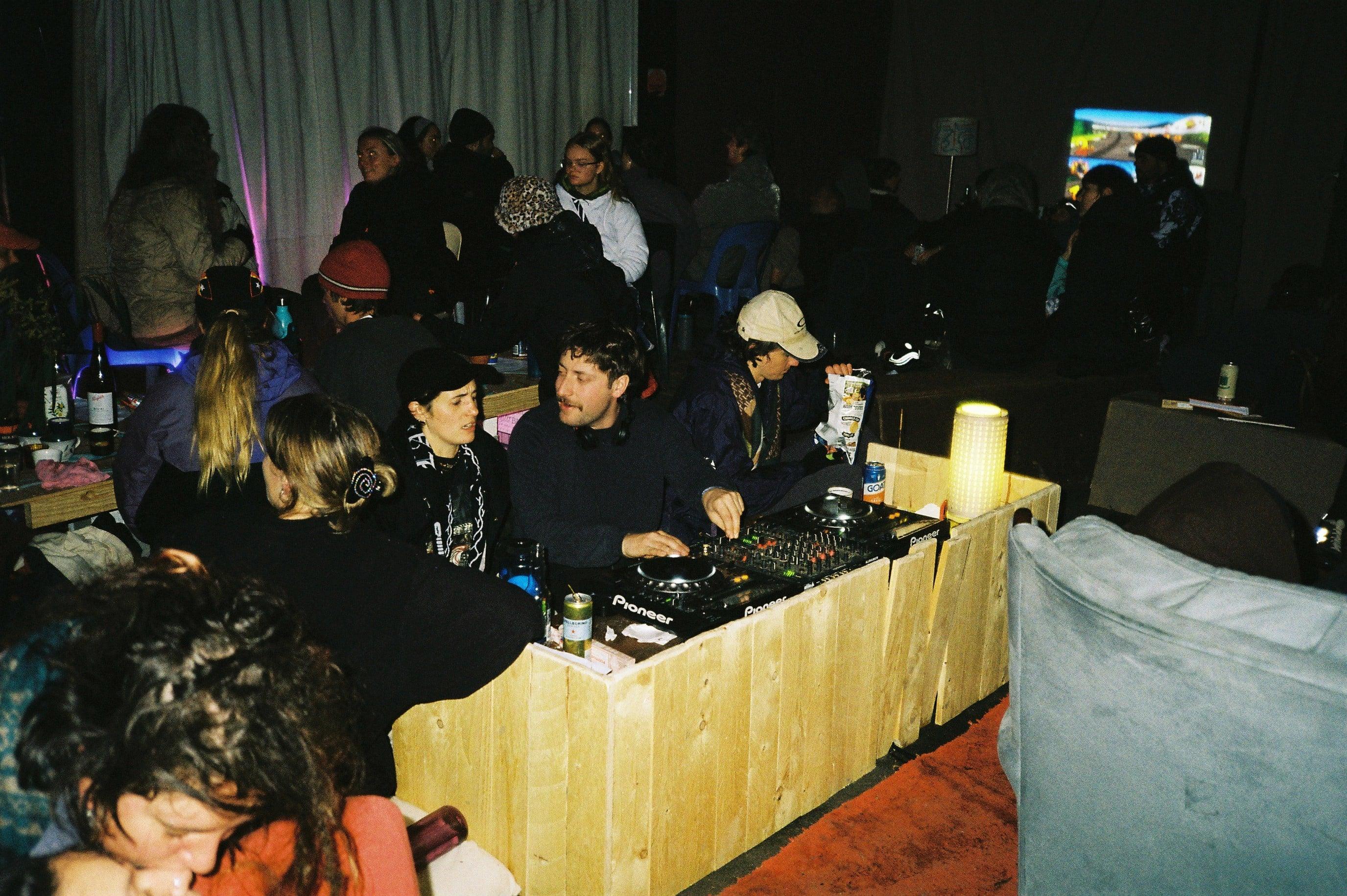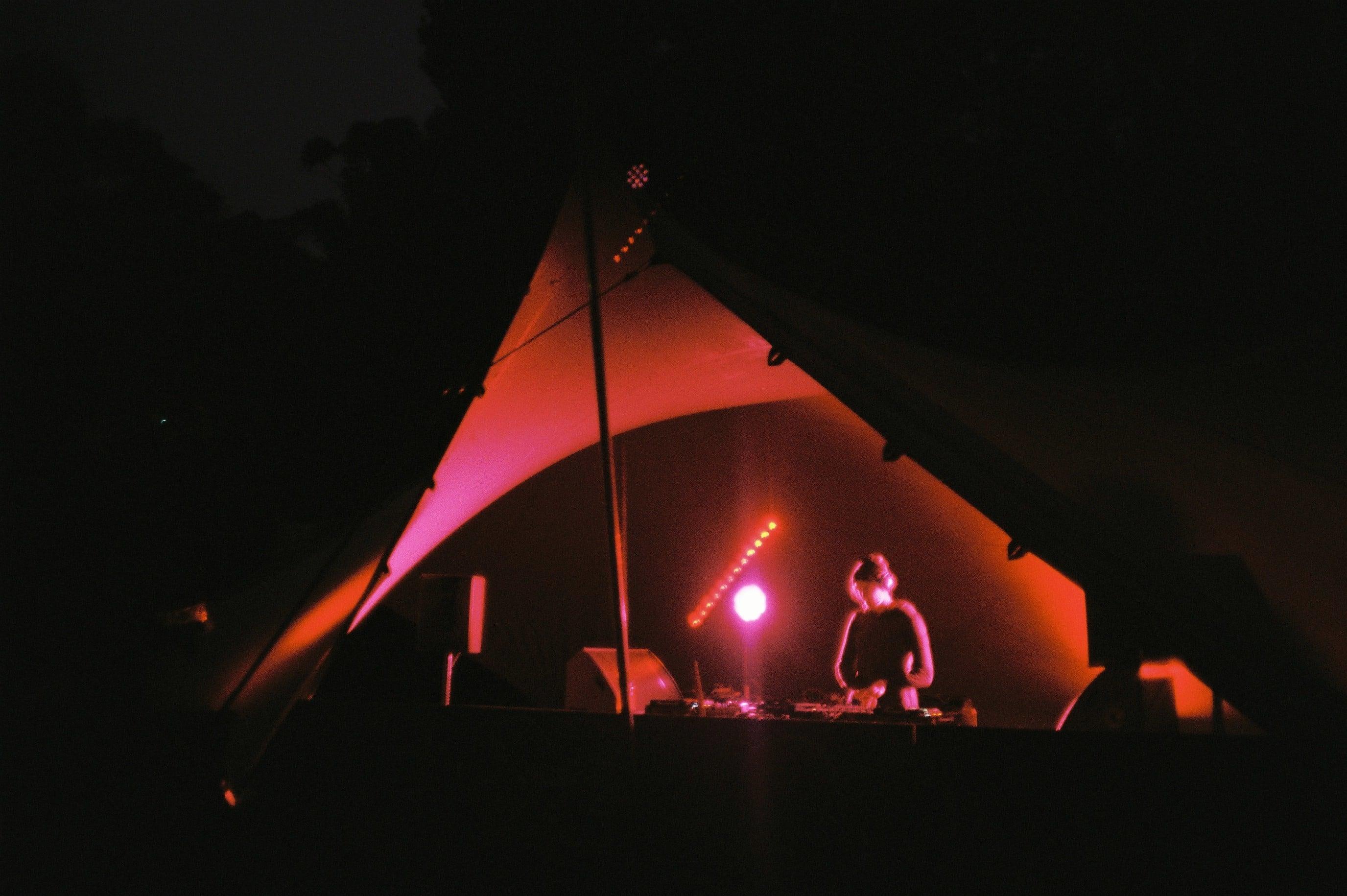 INTERVIEWS
INTERVIEWS
Marathons, not sprints: is Australia ready for more 24-hour events?
Ahead of Moniker's first foray into a 24 hour event at The Gasometer Hotel this weekend, we spoke with its organiser to understand what truly sets a party of this length apart.
A ‘marathon’ event is one that Australia doesn’t often seem built for. The country’s licensing, albeit on a state by state basis, is one that generally makes operating for longer stretches of time incredibly difficult. Gadigal Land/Sydney’s 2014 lockout laws, or the only recent stoppage of a 13-year freeze on late night licenses in Naarm/Melbourne’s CBD are two examples of the general public, and each state’s government, not getting on board with the entirety of a nightlife economy.
Dance music is, in many ways, designed for these marathons. The culture’s most legendary overseas homes are ones that stay open all weekend, where punters can dip in and out as they please. They’re places of clear cultural importance, whose running times become a crucial part of the economy of the areas they operate in.
The Gasometer Hotel is a venue of local historical and architectural significance to the City of Yarra, heritage-listed and a regular home to music of all kinds in its over 160 year history.
This weekend, local promoter Moniker is taking over The Gaso for ‘Maratona’, a 24 hour event featuring international heavyweights D. Tiffany and RAMZi, alongside locals like Miki, Moopie, Darcy Justice, Zjoso, Rakhi, Baby G, DAWS and many more.
Is there change coming? Will 24 hour+ events become more of a staple?
We sat down with Moniker’s organisers, Hannah D and David Micalizzi, to understand what the event means for the Naarm scene and how it fits into Australia’s broader dance culture.

MM: Team, thanks so much for making the time to chat! As we kick off, can you give us a bit of a rundown on your event at the Gaso?
Hannah: Maratona is a 24 hour party at The Gaso and the first of its kind in the venue’s existence (circa 166 years). We’re excited to have 19 artists perform (including 15 locals and four internationals), across the entire venue (two rooms), running from 11pm on Saturday 15th February right through to 11pm on Sunday 16th February. We’re upgrading the production with a Funktion-One sound system supplied by Purple Audio downstairs, lighting provided by Kayzar, and sound, lighting and decor improvements upstairs.
MM: Moniker as a brand is still quite young, right? How did it start & what has the journey been like so far?
Hannah: Moniker started in 2022 with an intimate festival deep in the Otways. Since then we’ve taken some time to rest and regroup and see which direction we’d like for Moniker to go. We’re really excited for what’s in store this year with both Maratona and the return of the festival (stay tuned).
MM: For those of us not in Naarm, the Gaso might seem like a very obscure place to dance for a whole day. What's the history of the venue that we should be aware of, & why is it so good for dancing?
David: We’d beg to differ on this one! As obscure as it is, The Gaso is actually a great place for long-form dancing. The Gaso is a circa 1859 bluestone pub built for workers in the gas fields diagonal to the building. The building has taken a few different forms, with the area where the downstairs bandroom is originally intended as a wash house, and some years as an Irish restaurant, it eventually opened as a music venue in 2010. We think that the reason the venue is so good for dancing is due to its labyrinth-like floorplan. There’s lots of places to sit and chill, and the dance floor/s feel compact and intimate. Alongside this, having a retractable roof really helps diversify the venue from being a clubbier event space to becoming a full-on open air day party. Those who have been to The Gaso when the roof has opened after a rainy few hours know the feeling, it’s a pretty unique experience hearing the roar of the dancefloor when the light spills in.
MM: 'Maratona' is Italian for marathon, right? Often these long stints of partying have been labelled as such, but why do you think that is, & why have you named the event in such a way? What do you think you get out of a gig going for that long, that you don't with other events?
David: It sounds obvious but—the longevity of it. As an artist, you’re given the opportunity to play with patience. Knowing that your set is a part of a much bigger picture, we feel gives more freedom, and can alleviate feeling pressured to create big dancefloor moments or follow a more linear music trajectory you would expect from a normal clubnight. The same goes for the dancer—having all day to dance gives you a little bit more freedom to pick your moments instead of having them picked for you. Most long-form parties that we’ve attended have a real sense of camaraderie on the dancefloor in those early/late hours, and we hope to have the same for Maratona.

MM: Do you think you lose anything, not only as a punter but as a promoter, when you're committed to something for such a long period of time?
David: Sleep! Haha.
MM: Maratona starts at 11PM Saturday & ends 11PM Sunday. Do you anticipate that people will have any particular 'hacks' to make it all the way through?
Hannah: We anticipate punters to utilise our chill space upstairs called ‘The Attic’—where people can spend intimate, quality time away from the downstairs dancefloor. It’ll be soundtracked by our amazing artists Selena, Moss Witch, 芝麻 (Zhī Ma), Rakhi and Kuta. All in all, we expect the dancers with only the healthiest balance of hedonism and hydration (as well as nourishing food) will make it right through to the end.
MM: Liquor licensing is, in Australia, very much built to avoid these kinds of long-stint events. We've seen this recently with Eora's Club 77 having their license stripped back & piled with legal demands, seemingly in an effort to stop them throwing such long parties. Why do you think that is?
David: There are a multitude of reasons why liquor licensing would not want events like this to become commonplace, however the process for obtaining the temporary liquor license for this event was relatively well-supported. There was a lot of documentation required to supply as part of the application, such as a venue management plan, noise mitigation strategy and a gender-based violence prevention and response plan—all which had to be approved by liquor licensing prior to obtaining the permit. Although the documentation was extensive and required a lot of work to complete, we don’t feel it was disproportionate to running a long-form event, or any event for that matter. In particular, a gender-based violence prevention and response plan is something that all venues should be implementing and acutely aware of.
MM: Do you think Australia, as a dance culture, is ready for 24 hour events? Or is this for a very particular group of dancers?
Hannah: There’s no time like the present! We’re not trying to appeal to a mass audience with this event in particular, or ever, but at the same time, there are so many people who fly to Europe and other parts of the world every year and experience events of this format - Why not do it here?

MM: What do you think it will take for gigs of this length to become more commonplace?
David: We’re unsure. The costs for operating for 24 consecutive hours, as well as licensing and regulatory restrictions make it not possible to become commonplace within the current framework. We think that a large overhaul of the current regulatory systems in place to support any-time dancing is the only way forward.
MM: Lineup wise, how do you program a gig that goes for so long? What are you taking into consideration when you have someone playing at say, lunchtime on Sunday?
Hannah: With a whole 24 hours to play with, it allowed the chance to explore how the event will flow, and how the music could complement punters’ energy shifts throughout the day. We loosely planned a sort of story arc, and booked artists that we thought would really lean into the particular vibe of that time of day. Length wise, all of the sets are at least two hours long which is something we’re keen on implementing as standard.
MM: What moments on your bill are you most excited to see unfold? Are there any curveballs we should be aware of?
Hannah: It’s so hard to pick which moments we’re most excited for as we’ve spent a lot of time imagining how each moment may unfold—and each has their place in the overall picture. However, we are really excited for RAMZi’s return to Australia after five years, our not-so-secret international guest, D. Tiffany to close it out and Lolo to open the entire party, to see a room full of lounging bodies in our upstairs room, the sunrise, sunset, cruising through the daytime—we could go on and on!
-
Jack Colquhoun is Mixmag ANZ's Managing Editor, find him on Instagram.


